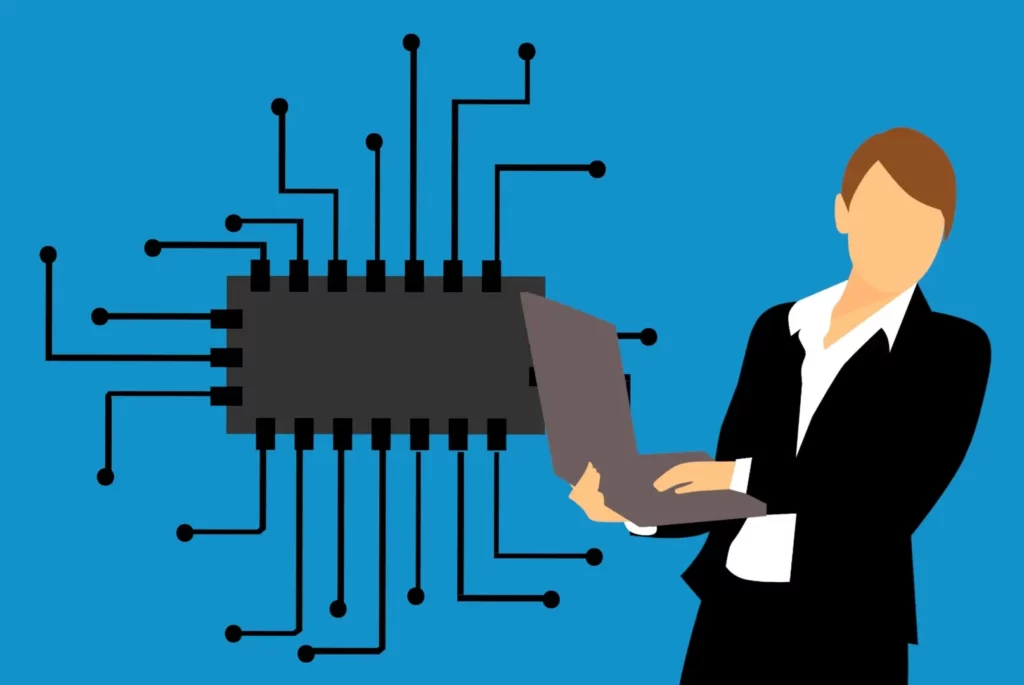A 3 way switch wiring diagram is a type of electrical switch diagram that allows you to control a light from two different locations. For example, you can use a 3 way switch to turn on or off a hallway light from either end of the hall. To wire a 3 way switch, you need to connect the wires in a specific way, following a 3 way switch wiring diagram that shows the connections between the switch, the light, and the power source. In this article, we will explain everything you need to know about 3 way switch wiring, including the tools and materials you need, the steps to follow, and some common mistakes to avoid. By the end of this article, you will be able to wire a 3 way switch with confidence and safety.
3 way switch wiring diagram
A 3 way switch wiring diagram is a visual representation of how to connect two switches and a light fixture or an outlet in a circuit that allows you to control them from different locations. There are different ways to wire 3 way switches depending on where the power source and the light fixture or outlet are located. The 3 way switch wiring diagram shows the colour-coded terminals, wires, and cables, and how they are connected to each other. The 3 way switch wiring diagram also explains the function of each terminal and wire, and the logic behind the switching mechanism.
Steps to follow to draw 3 way switch wiring diagram
You can use a software tool like EdrawMax to draw 3 way switch wiring diagrams easily and quickly. Here are the steps to follow:
- Download and install EdrawMax on your computer or use the online version.
- Open a new document and choose Electrical Engineering from the template gallery.
- Drag and drop a 3 way switch symbol from the library onto the drawing page. You can find the symbol under the Switches and Relays category.
- Repeat step 3 to add another 3 way switch symbol and a light or outlet symbol to the drawing page. You can adjust the size and position of the symbols as needed.
- Connect the symbols with wires by using the Connector tool. You can change the color and style of the wires as you like.
- Label the wires and terminals according to the wiring method you are using. You can use the Text tool to add text boxes and edit the font and size of the text.
- Save and export your 3 way switch wiring diagram as an image, PDF, or other formats.
Tools and materials you need for 3 way switch wiring
3 way switch wiring is a way of connecting two switches to control a light or an outlet from different locations. For example, you can use 3 way switches to turn on or off a light at the top and bottom of a staircase, or at the entrance and exit of a room. To wire 3 way switches, you need to follow a specific 3 way switch wiring diagram that shows how to connect the wires between the switches, the light, and the power source. You also need to use the right tools and materials for the job.
Some of the tools and materials you need for 3 way switch wiring are:
- Screwdrivers (flathead and Phillips)
- Wire strippers
- Needle-nose pliers
- Voltage tester
- Drill and bits (if needed)
- Drywall saw (if needed)
- Wire with ground nonmetallic-sheathed cable
- 2 3-way switches
- Electrical tape
- 2 single-gang boxes
- Wire nuts
Basic steps for 3 way switch wiring
The basic steps for 3 way switch wiring are:
- Turn off the power to the circuit at the breaker panel and test it with a voltage tester.
- Run the cables from the breaker panel to the first and second 3-way switches, and to the light fixture or outlet.
- Cut and strip the wires and attach them to the 3-way switches according to the 3 way switch wiring diagram. Use wire nuts and electrical tape to secure the connections.
- Install the switches and the light fixture or outlet in the boxes and attach the cover plates.
- Turn on the power and test the switches and the light or outlet.
There are different ways to wire 3 way switches depending on where the power source and the light fixture or outlet are located.
Conclusion
The 3-way switch wiring diagram involves the arrangement and connection of wires in a three-dimensional (3-D) space, particularly in the context of field programmable gate arrays (FPGAs) Kwon et al. (2005)Rahman et al., 2003). This includes the prediction and validation of wire resource models for FPGAs, as well as the wiring requirements and three-dimensional integration technology for these systems. Additionally, the use of novel quantum wire branch-switches for binary decision diagram logic architecture utilizing Schottky wrap-gate control of nanowires has been proposed, offering insights into the potential application of nanowires in switch wiring diagrams (Yumoto et al., 2002). These references provide valuable insights into the wiring and switching technologies relevant to the 3-way switch wiring diagram.







